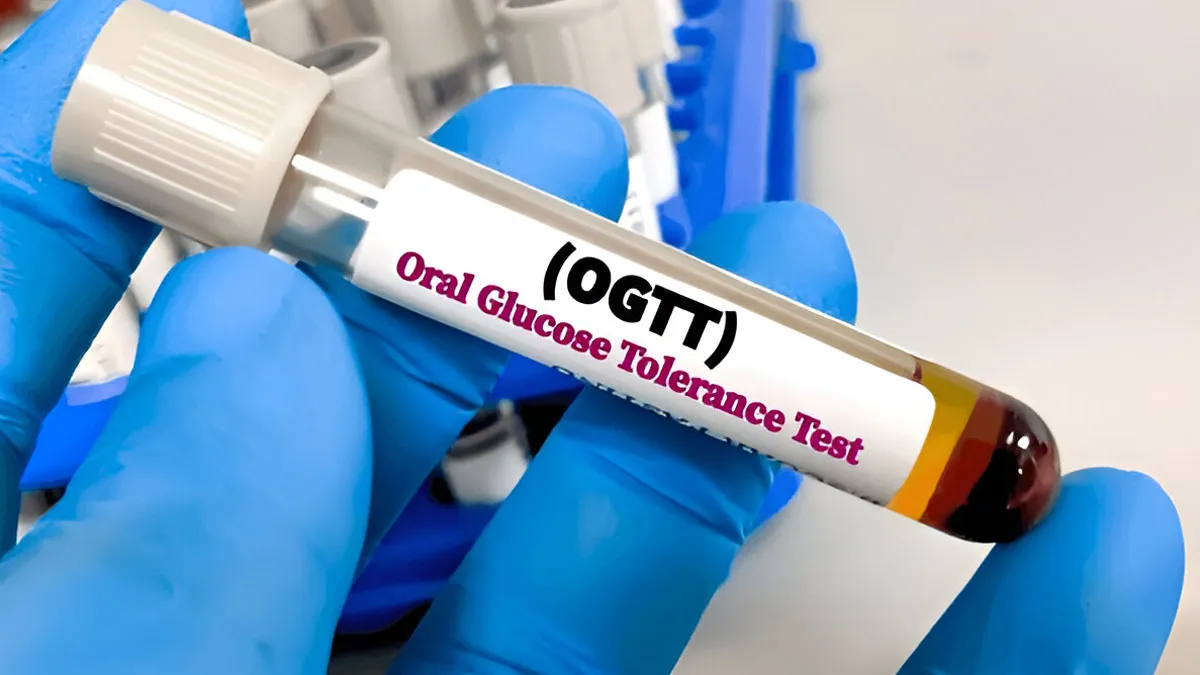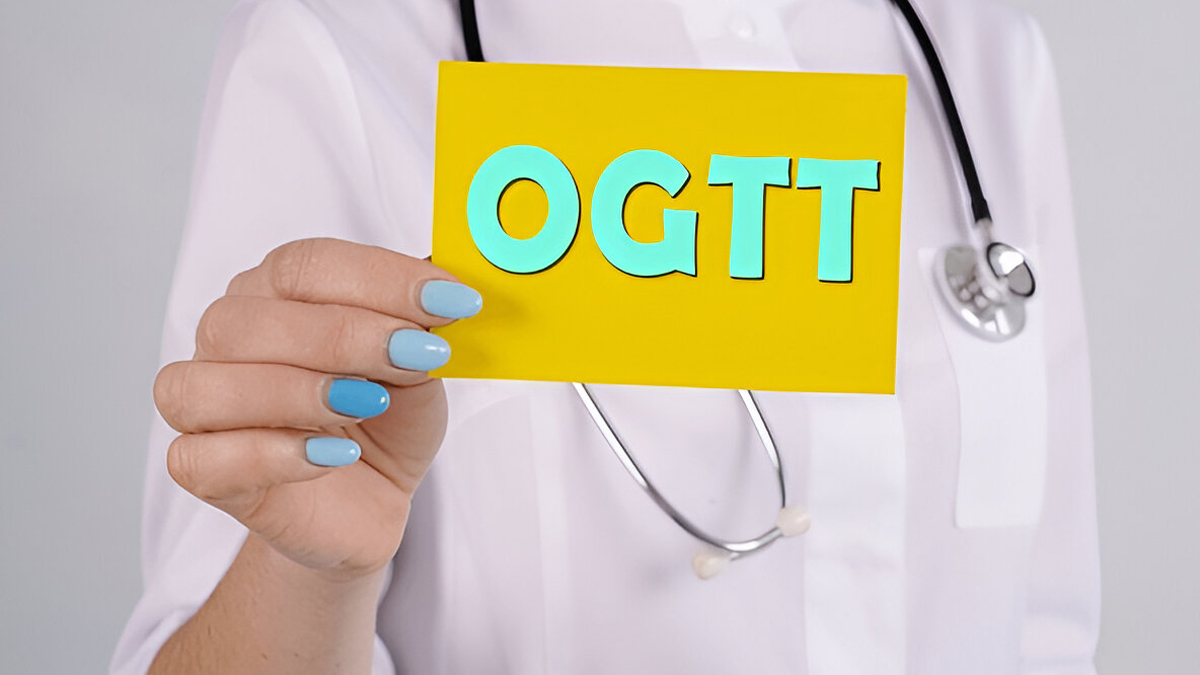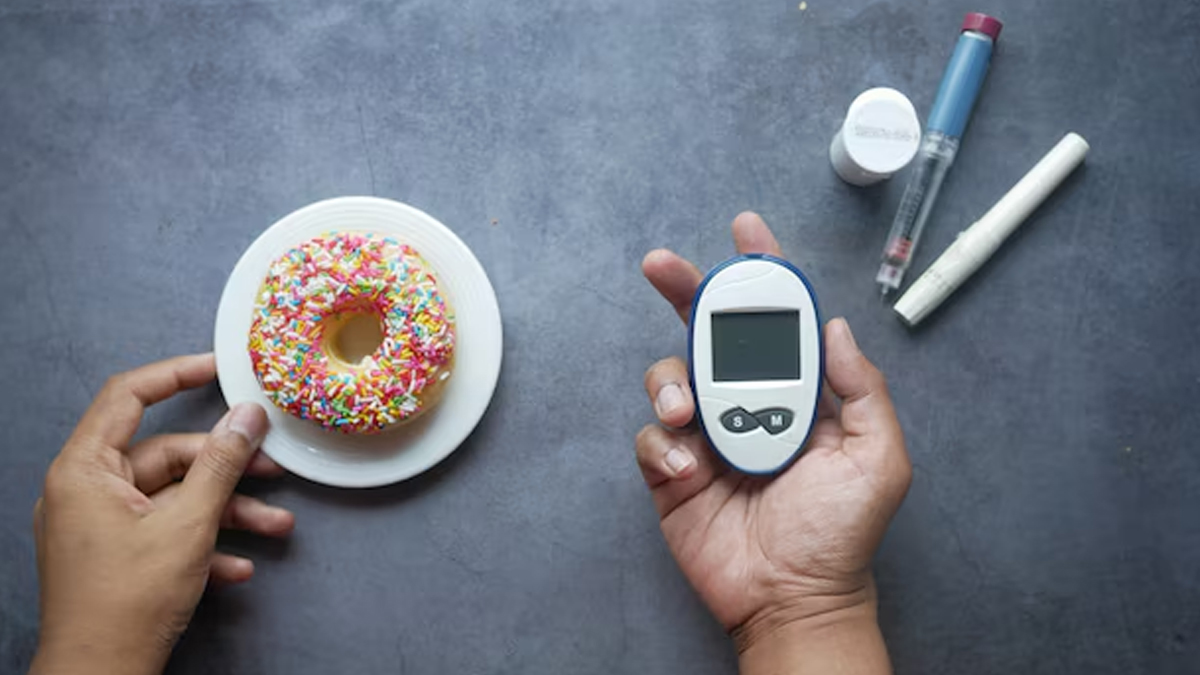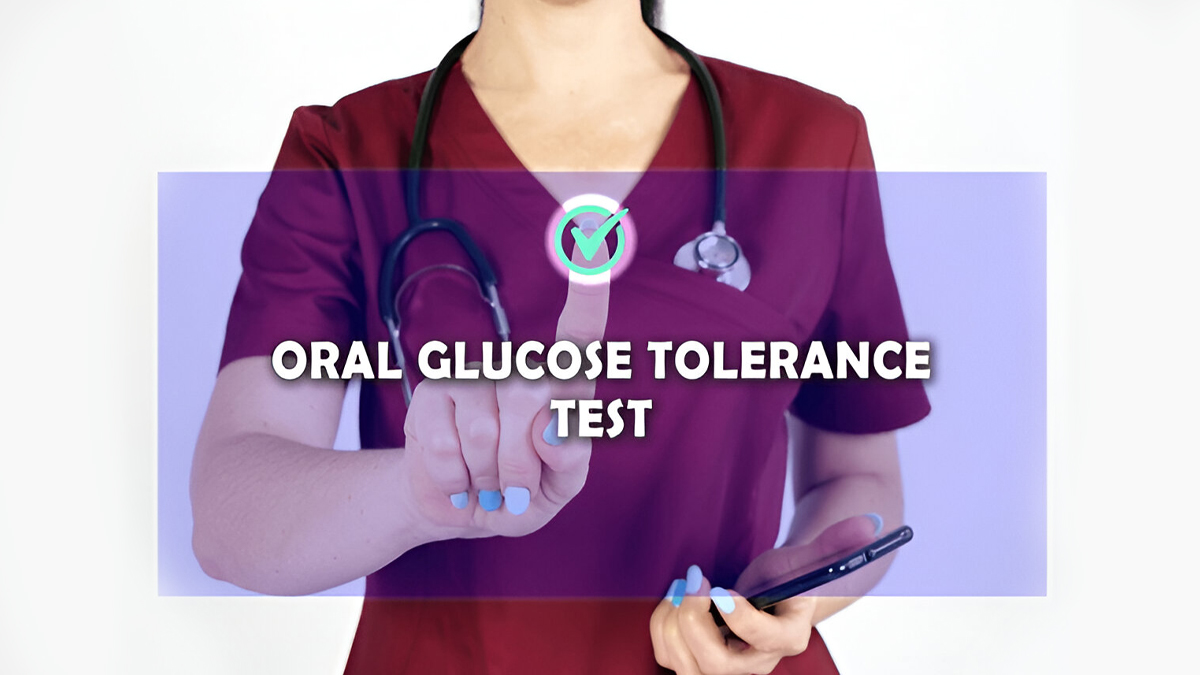
Living with diabetes means staying one step ahead, and that starts with regular blood sugar testing. Early diagnosis can also make a big difference, helping you manage it better and live well. While there are a number of tests available in the market, one that stands out is the Oral Glucose Tolerance Test (OGTT).
Table of Content:-
According to Dr Datta Reddy Aakiti, Consultant Endocrinologist, Yashoda Hospitals, Hyderabad, the OGTT is particularly effective in detecting early or post-meal glucose issues, which tests like HbA1c and fasting glucose may overlook. He adds that while HbA1c is convenient and useful for tracking long-term blood sugar control, it can miss early metabolic changes. "In many cases, using a combination of OGTT, fasting glucose, and HbA1c offers a complete and more accurate picture, especially when early detection is important.
But what is the Oral Glucose Tolerance Test? Read on to find out all about it in detail.
Also Read: Fasting Plasma Glucose Test: Expert Lists Essential Guidelines Before Taking The Test
What Is Oral Glucose Tolerance Test (OGTT)?

Dr Aakiti describes OGTT as a straightforward but important procedure that helps in assessing how your body processes sugar (glucose). It's primarily used to diagnose diabetes and gestational diabetes, a type of diabetes that develops during pregnancy.
The test involves drinking a sugary solution and then having your blood sugar levels checked at specific intervals to see how quickly your body removes the glucose from your blood.
How Does An Oral Glucose Tolerance Test Work To Detect Diabetes?

For those who are hearing of OGTT for the first time, here's how the test works:
- Fasting Blood Sample: Start by checking baseline blood sugar after an overnight fast.
- Glucose Drink: You’ll then drink a sweet solution containing a measured amount of sugar.
- Follow-Up Tests: Additional blood samples are taken at 1, 2, and sometimes 3 hours to see how your body responds.
- Results Analysis: Your glucose levels at each interval helps determine whether your metabolism is normal, or if there are signs of prediabetes or diabetes.
A normal result is under 140 mg/dL after 2 hours. Between 140-199 mg/dL suggests prediabetes, while 200 mg/dL or higher may indicate diabetes.
Who Should Take The Oral Glucose Tolerance Test?
Dr Aakiti recommends an OGTT if a woman is pregnant, typically between 24 and 28 weeks. This helps to screen for gestational diabetes, a type of diabetes that develops during pregnancy, usually in the second or third trimester. For other adults (including men and women), OGTT is considered if they have risk factors like obesity, family history, or borderline sugar levels.
"People with PCOS or suspected prediabetes may also need one. It helps us catch blood sugar problems early, especially when other tests are unclear."
Also Read: Blood Sugar Testing Without Pain: Doctor Shares the Right Way to Prick Your Finger
How To Prepare For The Test?

Every test requires a prep. This involves informing your doctor about any pre-existing conditions or medications you’re taking, as they can impact the results. “We usually advise patients to fast for at least eight hours, no food or drinks, except a little water. Leading up to the test, maintain your usual diet and activity levels, and avoid strenuous exercise right before the appointment. We may tailor specific instructions based on your health profile,” shares Dr Aakiti.
Conclusion
The Oral Glucose Tolerance Test (OGTT) remains a valuable tool for early detection of diabetes, especially in cases where standard tests like HbA1c or fasting glucose may fall short. By tracking how your body processes sugar over time, the OGTT offers detailed insight into your metabolic health. Whether you're pregnant, at risk of diabetes, or have borderline results from other tests, this simple three-step test can help catch blood sugar issues early, when they’re easiest to manage.
Also watch this video
How we keep this article up to date:
We work with experts and keep a close eye on the latest in health and wellness. Whenever there is a new research or helpful information, we update our articles with accurate and useful advice.
Current Version